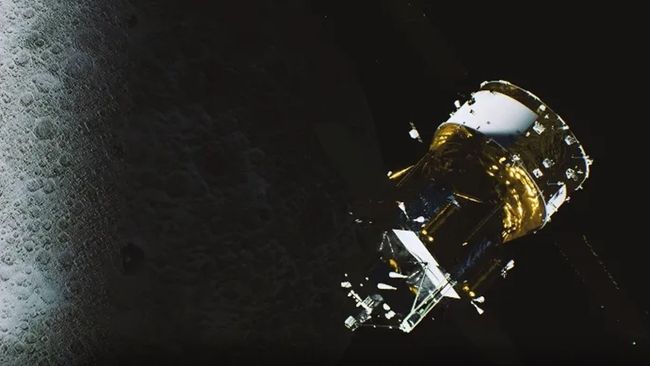The module should land on the moon on June 2, Beijing time
The China National Space Administration (CNSA) is preparing its mission «Chang'e-6» to land on the unexplored far side of the Moon. The mission, launched on May 3, is currently in lunar orbit as engineers select a landing site in the ancient South Pole impact basin — Aitken (SPA).
«Chang'e-6» was launched on May 3 and entered lunar orbit approximately five days later. The mission will take samples of lunar rocks and soil that could shed light on the geological history of the far side of the Moon and provide insight into the formation and evolution of the Moon. The mission will be similar to the Chang'e-5 mission, which in 2020 successfully delivered to Earth about 1,731 grams of lunar soil samples from the near side of the Moon. Some of them was distributed to 13 institutions that submitted applications to the CNSA Center for Lunar Exploration and Space Programs for use for research purposes.
It is expected that «Chang'e-6» will take basalt samples, which may contain information about magmatic processes and the properties of the mantle on the far side of the Moon. These samples will be brought back to Earth for study and could provide valuable information about the formation and evolution of the Moon.
Current mission — A major milestone in China's space program, it will deepen our understanding of the Moon. CNSA plans to share the samples with the scientific community, allowing researchers around the world to study them and expand our knowledge of the origins and composition of the Moon.
The main goal of «Chang'e-6» is to collect samples from the Aitken Basin on the far side of the Moon. A number of payloads are used to facilitate sampling, including a panoramic camera and lunar radar.
A panoramic camera will be used to study the terrain and landforms, and a lunar radar will study the geological structure below the surface. This data will help scientists determine optimal sampling locations.
«We can conduct exploration and study of the oldest soil and lunar soil on the Moon, which will reveal the history of the formation of the Moon», — shared by Wang Chi, chief scientist of the fourth phase of the Chinese lunar exploration project.
«Chang'e-6», apparently, will land on the moon on Sunday (June 2) Beijing time. The mission will then spend three days studying the landing site and collecting samples. The ascent module carrying the samples will then be sent into lunar orbit to rendezvous and dock with the mission's lunar orbiter component. If all goes according to plan, the samples in the return capsule will land by parachute on June 25 (Beijing time).

